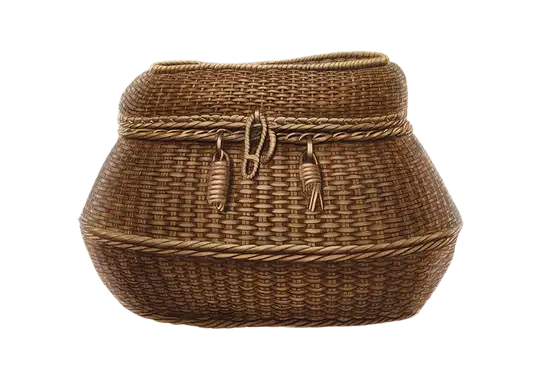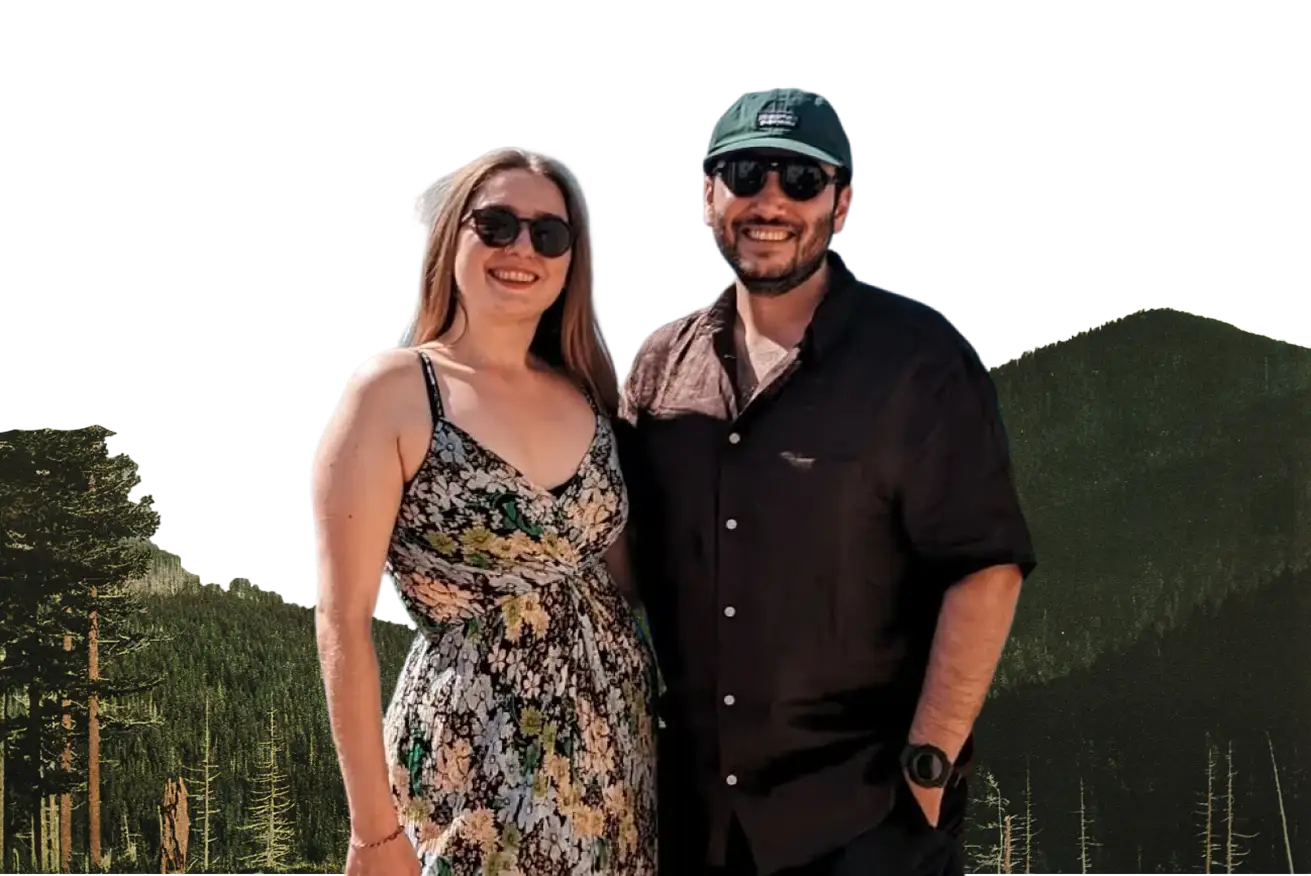High atop a remote mountain in Southeast Turkey, giant stone heads, toppled from their once-mighty thrones, gaze out over a vast, empty landscape. These are the silent remnants of Mount Nemrut, one of history's most amazing and mysterious sanctuaries. Over two thousand years ago, a king named Antiochus I Theos of Commagene (we'll often call him King Antiochus) ordered this extraordinary place to be built. He intended it as his own holy burial site, a hierothesion (a Greek term for such a sacred place), where he would be remembered forever, seated among a unique collection of Greek and Persian gods. What drove such incredible ambition, such a desire to place oneself among the divine at this breathtaking, high-altitude viewpoint?
We had seen the famous pictures, of course – those enormous stone heads, their calm expressions looking out across the wide Anatolian plains (the large, flat lands of central Turkey) after being knocked down by earthquakes and time. But pictures, no matter how good, can only give a hint of the huge effort involved in creating Nemrut and the powerful atmosphere of the place itself. The journey to the summit is part of the experience, a winding climb into an increasingly bare and quiet landscape. Reaching the top as the light changes, whether at the soft light of dawn or the fiery colours of sunset, is like stepping into a scene that feels both incredibly ancient and surprisingly real.
A small kingdom at a big crossroads, a king among the gods
To understand Mount Nemrut, we first need to know a little about the small but very strategically important Hellenistic kingdom of Commagene. The Hellenistic period (roughly 323 BCE to 31 BCE) was the time after Alexander the Great's conquests, when Greek culture spread across much of the Eastern Mediterranean and into Asia. Commagene, ruled by King Antiochus I from about 70 BCE to 38 BCE, was a "buffer state" – a small kingdom caught between larger, more powerful ones. It was like a cultural and political meeting point, stuck in a tricky position between the fading Seleucid Empire (a large Greek kingdom that once controlled much of the Middle East) to its west, and the rising Parthian Empire (a powerful Iranian empire) to its east. All the while, the power of Rome was growing ever larger on the horizon.
King Antiochus knew his kingdom was in a delicate spot. He was very skilled at diplomacy (managing relations between states) and at blending cultures. He claimed he was descended from two great historical lines: from Alexander the Great (a famous Greek-Macedonian king who conquered a vast empire in the 4th century BCE) through his Greek ancestors, and from the Achaemenid Persian kings (rulers of a vast Persian empire that existed before Alexander, including famous kings like Darius I) through his Persian ancestors. By doing this, he presented himself as a rightful heir to both these major traditions.
This mixing of Greek and Persian cultures – called syncretism – is the key to understanding the art and religion of Nemrut. Antiochus didn't just build a tomb for himself; he created a new religious cult for his royal family. He presented himself as a god to be worshipped alongside a group of Greek and Persian gods, who were themselves often mixed together. On two large, flat areas (terraces) on either side of a huge, man-made cone-shaped mound of gravel – this mound, called a tumulus, is about 50 metres (164 feet) high and is believed to cover his actual burial chamber, which has never been excavated – he had enormous seated statues built. These statues, originally perhaps eight to nine metres (about 26-30 feet) tall – roughly the height of a three-story building! – showed him sitting on a throne among the most important gods. These included Zeus-Oromasdes, a combination of Zeus (the king of the Greek gods) and Ahura Mazda (the main creator god in ancient Persian religion, also known as Oromasdes). Alongside him were figures like Apollo-Mithras-Helios-Hermes, a complex mix of Greek and Persian gods associated with the sun, light, and messaging (Apollo and Helios were Greek sun/light gods, Hermes was the Greek messenger god, and Mithras was an important Persian god of light). Also present was Herakles-Artagnes-Ares, blending Greek and Persian gods of strength and war (Herakles, or Hercules in Roman myth, was a Greek hero known for his strength, Ares was the Greek god of war, and Artagnes, or Verethragna, was a Persian god of victory). Next to these main statues were statues of a protective lion and an eagle, which were ancient symbols of royalty and divine power.
Today, earthquakes have knocked the heads off most of these statues. The heads now sit on the ground, often neatly arranged by archaeologists, in front of the huge, seated bodies. We remember walking on the East Terrace as the first sunlight touched the stone. The silence, with only the sound of the wind, was very deep. The whole scene has an almost stage-like quality, with these silent giants keeping their watch forever.
Sky-High ambition: The hard work and the lasting story
The sheer amount of planning and work needed to build this monument is hard to imagine. Cutting massive blocks of limestone, moving them to a remote mountaintop over 2,100 metres (nearly 7,000 feet) high, and then carving and setting up these giant statues required huge amounts of money, many workers, and a king with an incredibly strong will. Why go to such extraordinary effort, in such a hard-to-reach place?
The inscriptions (writings carved in stone) that King Antiochus left behind give us some clues. He talks about his religious devotion, his fairness as a ruler, and his desire to make this site a holy place for all time. He wanted his subjects (the people he ruled) to come here to honour him and the gods, and he believed his soul would rise to join the gods in the heavens after his death. It was certainly a display of power, a way to make his rule stronger and show his authority in a region with many potential enemies. But it also seems to be a very personal statement, a king's attempt to make himself a god, to ensure his name and his family line would never be forgotten.
The mixed nature of the gods he showed also tells us a lot about King Antiochus's cleverness as a politician and the mixed culture of his kingdom. By blending Greek and Persian gods and artistic styles, he tried to unite the different groups of people in his kingdom and present himself as a bridge between these two powerful cultural worlds. Nemrut was not just a tomb; it was a political and religious statement, a carefully designed piece of royal advertising carved in stone on a giant scale.
King Antiochus I Theos of Commagene sought a legacy that would last forever, a place where his name would be remembered and his god-like status celebrated for all time. Two thousand years later, though his kingdom disappeared long ago and his statues have been damaged by weather and earthquakes, his extraordinary mountain sanctuary continues to inspire a sense of wonder and make people think. Mount Nemrut stands as a powerful, if still somewhat mysterious, testament to the heights of human ambition and the lasting desire to leave a mark on the world.
.svg)




